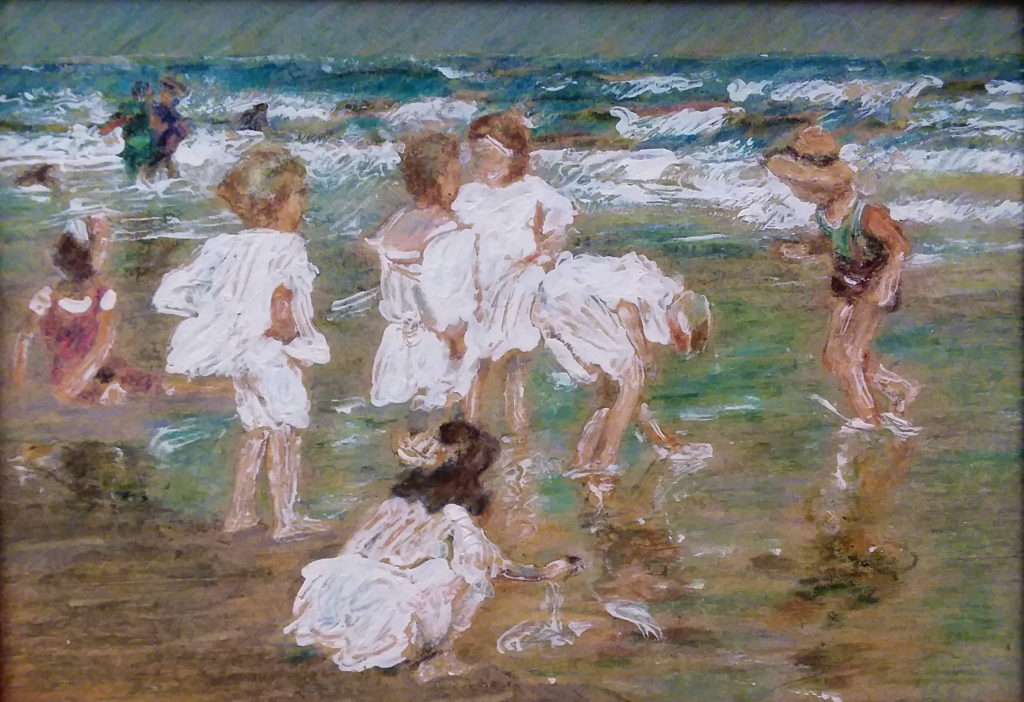vincent_van_gogh—analogueMan
____
Or, A picture is worth a thousand photographs.
____
L
ong ago,
before photography … a painter must’ve seemed like a wizard. To be able to record an image, record light, shadow, color! — on to bare canvas, or even a piece of wood? What a miraculous thing! There are modern-day artists living among us now doing the same thing. What’s different about these folk, what’s the magic? Some say we’re all artists — we just don’t know it.
Take Vincent van Gogh, self-trained for the most part: in the words of Don McLean, “They would not listen, they did not know how” …. well, they’re listening now. Van Gogh’s works are some of the priciest pieces on the planet. How so? How is it that my HD picture of a lazy French restaurant I took with my digital camera is worth little or nothing compared to van Gogh’s blurry ole painting of the same scene that’s worth millions?
![By John Russell (1886) [Detail] Wikimedia Commons](https://artcollection12.com/wp-content/uploads/2019/05/1_hBEOoz0m0eAziIObYtMisw.jpeg)
By all accounts life was difficult for van Gogh. But he brought something to the table; he added something to a picture of which even the best camera lens is unaware: himself. His interpretation of a scene or subject, his relationship with it — there — on canvas.
But this was over 100 years ago. Surely we’ve outstripped van Gogh by now with our technological wizardry … haven’t we progressed beyond the antique, analogue ways — to a better, more advanced, digital way? Now-days anyone can take a picture and share it with everyone — at near light speed. There are so many digital photos out there, of a value not necessarily proportional to their resolution.
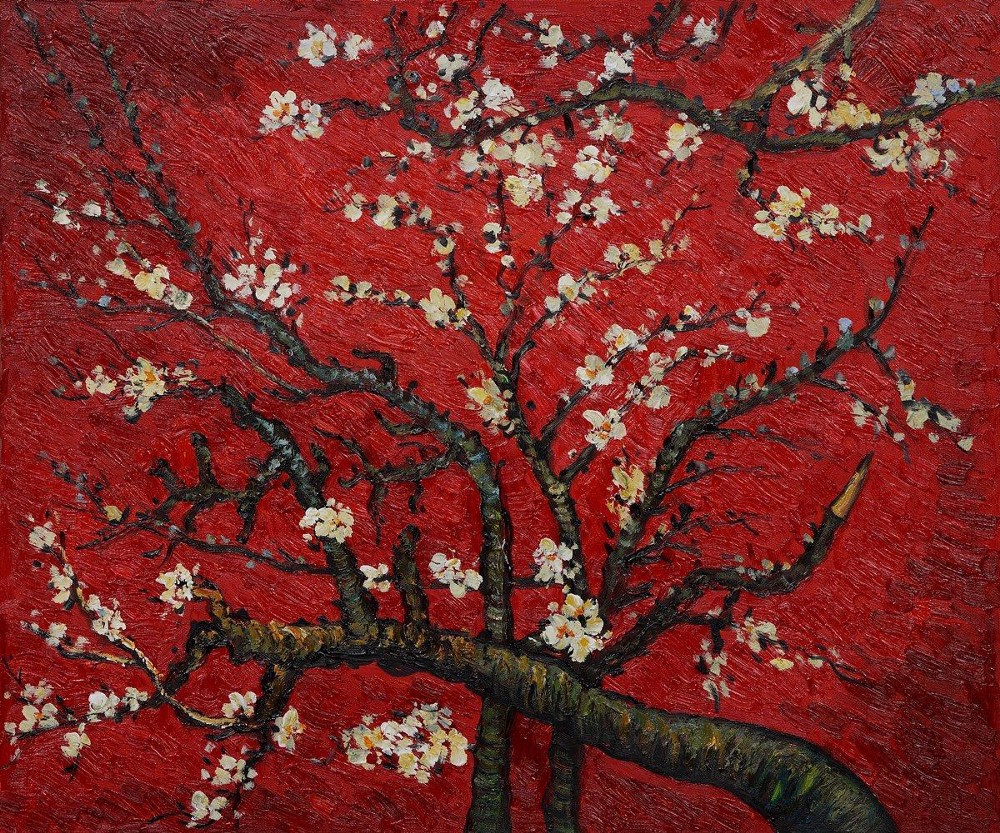
In van Gogh’s day cameras were a relatively new thing and being a photographer was difficult work — part chemist, part pack-animal, part picture-maker. There was a lot of gear involved and many photographers lived shorter lives due to the harsh chemicals needed to make a photograph.
I’m old enough to remember when being a photographer was an esoteric pursuit, a peculiar occupation — some sort of sorcery performed in ‘a dark room’ — and for those who had some money because photos weren’t cheap to develop.
These days, just point and click: immediately a digital image shows up on a color screen, as if by magic — all powered by electricity and stored in some type of binary code. If I could go back in time 100 years and show this to an old-timer there would be no doubt as to my magic powers. Were I to go back too far, I might be hanged for practicing witchcraft.
____
We’re all magicians now. Though, a picture painted by J. S. Sargent 100 years ago is a different breed of magic than the image I captured with my smartphone with the touch of a simulated button.
They are both 2D representations but that’s where the similarity ends. Not to mention one is a very valuable piece of art and the other most likely isn’t. Sargent’s fancy brushwork gets fuzzy when you get up close. Digital is fast and crisp and clear. Something else is going on here.
Or maybe we don’t need the likes of a Sargent or a van Gogh. Perhaps their painstakingly slow, analogue methods don’t suit our new, digital age of fast and furious convenience. Today there are digital platforms for most everything. The faster, more efficient, the better.
I use digital to make art. There’s nothing like the touch of simple pencil and paper, but my job is online things, so I am bound to this medium. It has many advantages. Still, over the years I’ve noticed something about digital — it never seems to be fully my own. Let me draw a picture …
Pencil and paper are simpler than a digital app but, at the same time, more complex — the humble pencil requires a great deal more from me than does my camera, or a computer program. A dexterity of thought.
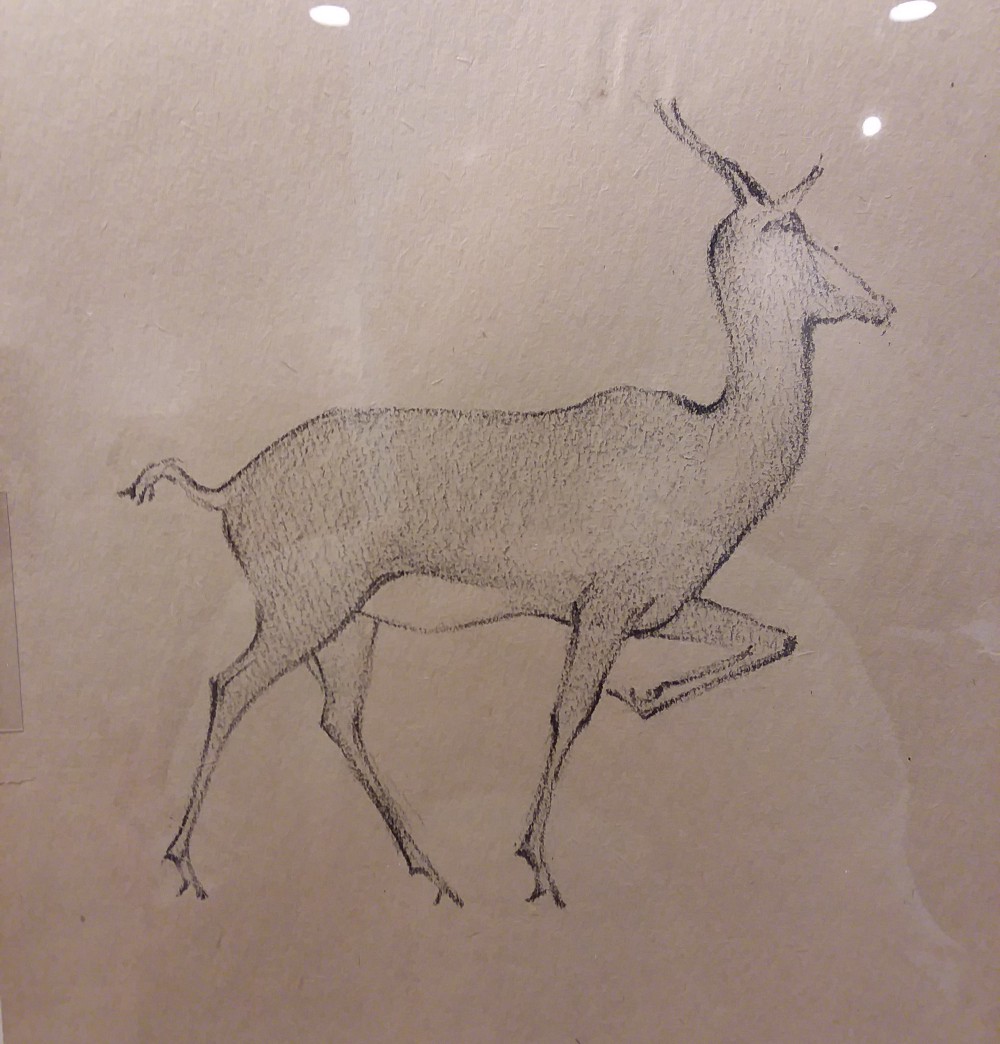
____
In an analogue paradigm, the speed and convenience of digital is replaced by a slower awareness — in my own mind — of my own processes, options, my own imagination — even my own boredom. From this boredom, this empty space, things sometimes arise — my things.
In the digital world there are ‘suggestions’ to fill this space. There is no need for boredom. There’s no room for it. This space is filled; a template appears, with recommendations.
Analogue work is slow. But, for me, it’s priceless.
There’s something missing when I make digital creations. I find that the digital medium—amazing in its own way — somehow ‘distorts’ my work. And, if this is true in my field, I suspect it’s true in others. If so, then it becomes a question of balance. Digital life and Analog life.
Manual vs Automatic
But what about convenience? Isn’t automatic superior to manual? Who has manual windows in their car — the person who wants to roll them up and down themselves? Manual. It’s a process. The default method 100 years ago, these days the way of rugged individualists.
While speed and convenience push our technology, I fear we are losing something in the process. Not all conveniences are created equal. After a while convenience brings diminishing returns. As for speed, sometimes it’s just a selling tool when we might, in fact, just want to slow down and smell some roses.
Sometimes digital art isn’t as much Art as it is a distortion of natural reality through various means of digital processing — an electronic facsimile of the real thing. In fact, what digital aims to do is to copy the real world. Digitize it — to gain more control through technology. While this idea might look good on digital paper, the reality may be very different.
Innovations of convenience are coming in at dizzying speeds, exponentially. This speed and convenience could override the way we evolved as a species to process and interpret things.
However fascinating exponential change may be when viewed on a graph, its societal implications are unknown. And, with everything moving so fast and so conveniently, collectively addressing it could be difficult — or even ignored through sheer inertia.
The Administrator
The options available for digital processing may seem unlimited, but the fact that they are pre-designed by someone else is significant.
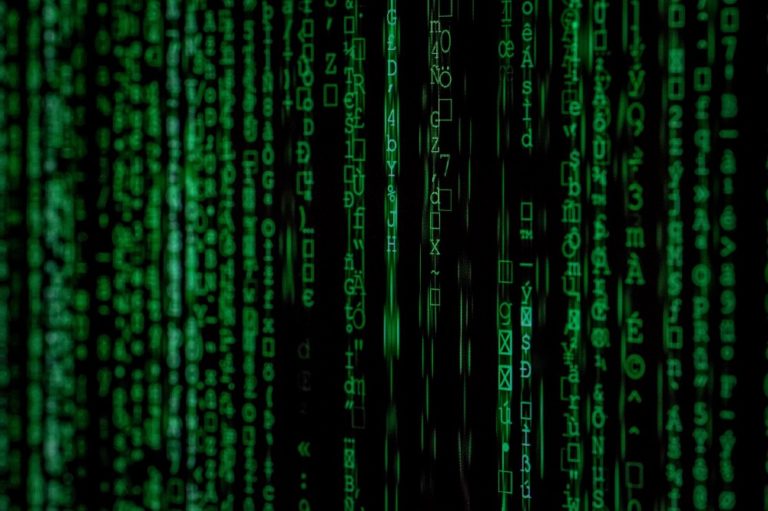
An administrator, of sorts, handles cumbersome ‘digital things’ so I don’t have to. While this is very convenient it does bring up ‘behind the scenes’ issues. There’s a middleman, an organizer, where there didn’t used to be — hardly noticeable unless you’re familiar with the analogue process. I realize many younger people may have no idea what I’m talking about.
Through the magic of coding and electronics, Google, for example, has become a chief administrator:
“Imagine you go to the library, and the card catalog is picking and choosing what book to get based on what makes the library the most money.” — Sally Hubbard, Open Markets Institute’s expert on antitrust and technology.
Just that, I’d hate for Google to be the curator of my future.
____
Below is a sketch of an Edward Potthast picture I love. An experiment, to see if I could make something reasonable after a masterwork with the simplest of materials that passed through no CPU but my own.
I borrowed some crayons from my daughter and sketched it out on some old, yellow paper I found after cleaning up the attic. It required no electricity (I did it one afternoon on the floor by a window); the only fuel used was from a cigarette lighter (to melt the whites).
Holiday (after Edward Potthast), 2010. Daniels.
____
A book is analogue. Not an e-book, but a hard-copy book (one that casts a shadow). In my opinion a book is better than a movie. All the time and money spent on making a movie … all that pales in comparison to what’s going on inside my head when I read — and imagine — a good book, a book I hold myself, process myself — key features of the Analogue way.
A danger arises that I’ll render my imagination unconscious with all this movie-watching.
When I watch a movie, the director is in charge of the format; she is in charge of what I see, even what I feel; she can tell the cameraman to shake the camera at a particular moment to make me feel a sensation of instability, thus directing my emotions. However, when reading a book, I feel what comes naturally.
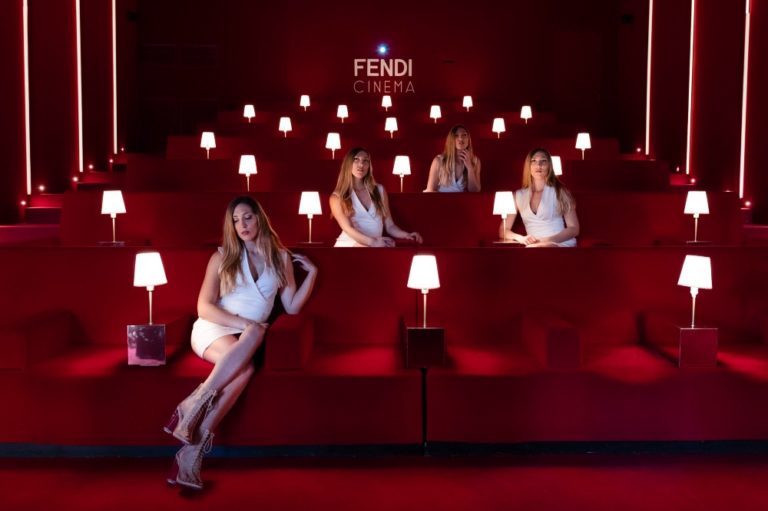
In the early days of analogue film, movie-goers could huddle inside dark theaters and watch other people up on the big screen doing what they wished they could be doing. Today, movies seem to be an unofficial curriculum — in HD.
____
Attempting to manually invoke a cherished moment, an emotional connection with my surroundings with a sketchbook and a few paints is difficult work, but I know it’s the process that counts, not that I’ll be able to produce van Gogh quality the first time out — or ever.
“Manual Imaging” takes a good deal of guts. If you’ve ever tried it, you know. It doesn’t seem to work at first. At first, there seems to be a disconnect between what I see and what I’m able to transfer on to my canvas.
The bridge — from thought to canvas — seems to be out, with an interminable distance between the two.
With time, this distance decreases. And, if you’re a J. S. Sargent and practice all the time, the distance can be as short as a glance and a brushstroke. But even he had trouble sometimes. His sitters reported that he would pace back and forth, backing up from the canvas to pause for “a great while”, then suddenly lunge forward to apply just one brushstroke. Then repeat.
This distance, the intervening space (or interface) between a thought and its expression is where the magic happens.
The bridge that crosses from my brain to my work can be of my own making, traversed manually, or it can be done for me by someone else through a digital API.
This bridge connects me to the world. It’s what makes me me, what makes my unique experience of things. I see a risk of homogeneity with a full-on, digital approach.
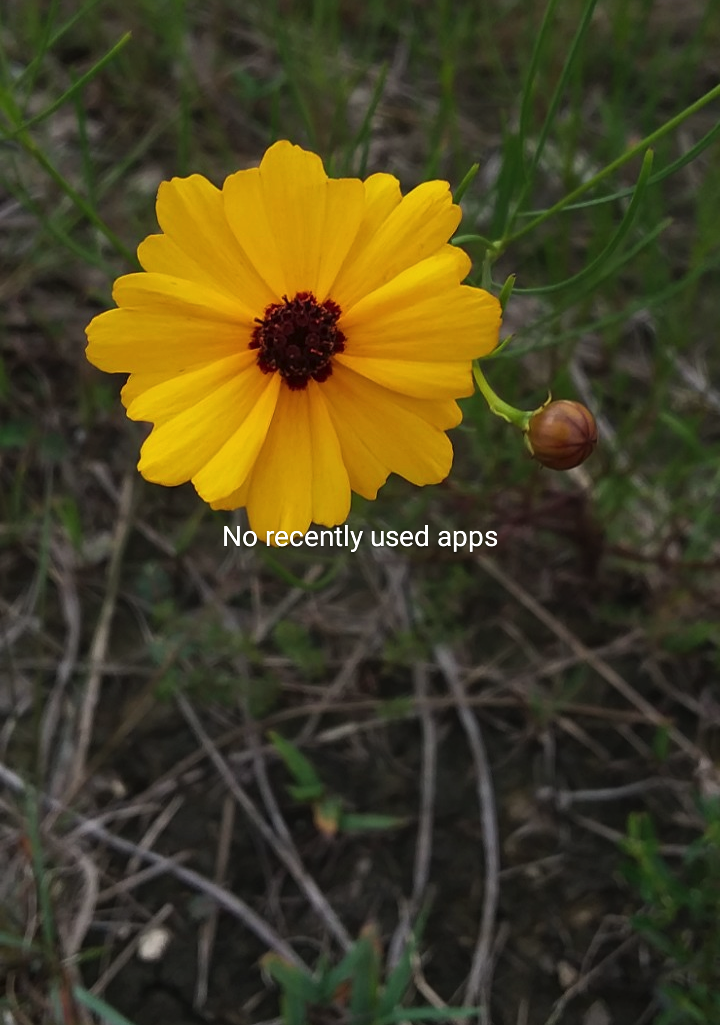
Wildflower, 2019. Daniels
For the average digital artist (myself included), the distance between their digital stylus and the work they produce is a mysterious, unseen void. What lies between — bits and bytes and binary numbers — is an intervening murkiness that administrates the act of digital art.
Our connection to the world is ours, it’s one of the few things that can’t be taken away.
Given the pressing need for speed and efficiency (you can’t get more efficient than a computer), I worry that a digitocracy may arise that gives us a ‘default setting’, a predetermined way of doing things in lieu of our inefficient ways — ways that belong to us.
By nature, Art is an inefficient thing. Beautifully inefficient. Life is, too. And, if Life is Art — as I believe it is — then life is my canvas. My inefficient ways belong to me. They’re all I have. I’ll determine when they need an update.
To stop and pause if only for a moment, to take extra time to look at things through my own eyes, to construct my own life, in my own way, on my own terms — on my own canvas … that’s freedom.
Freedom is not a Digital pursuit; if we are in ‘the Matrix’ we are as much as we consciously choose to be. In the end, the only conscious choice is an Analogue choice. Maybe we are all artists and just don’t know it+
____

Thank you to these sources for some cool images: webexhibits.org; Google Art Project: Google Arts & Culture; commons.wikimedia.org; clarkart.edu; saloandseverine.tumblr.com; vangoghmuseum.nl

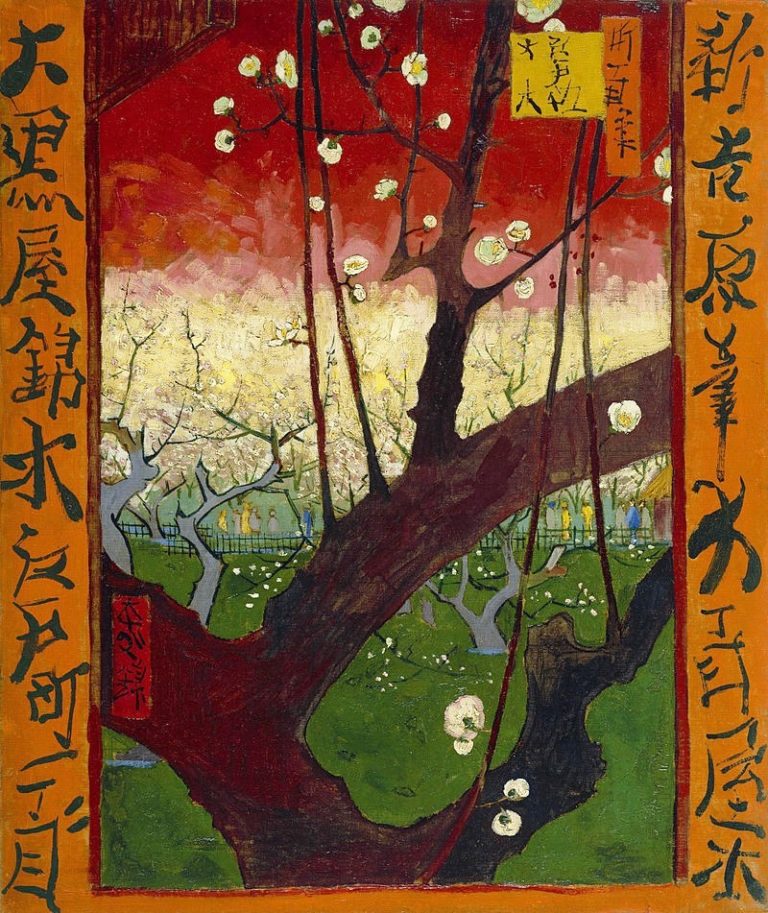
![John Singer Sargent, Fumée d’Ambre Gris (Smoke of Ambergris) [Detail], 1880, clarkart.edu](https://artcollection12.com/wp-content/uploads/2019/05/Sargent.jpeg)
